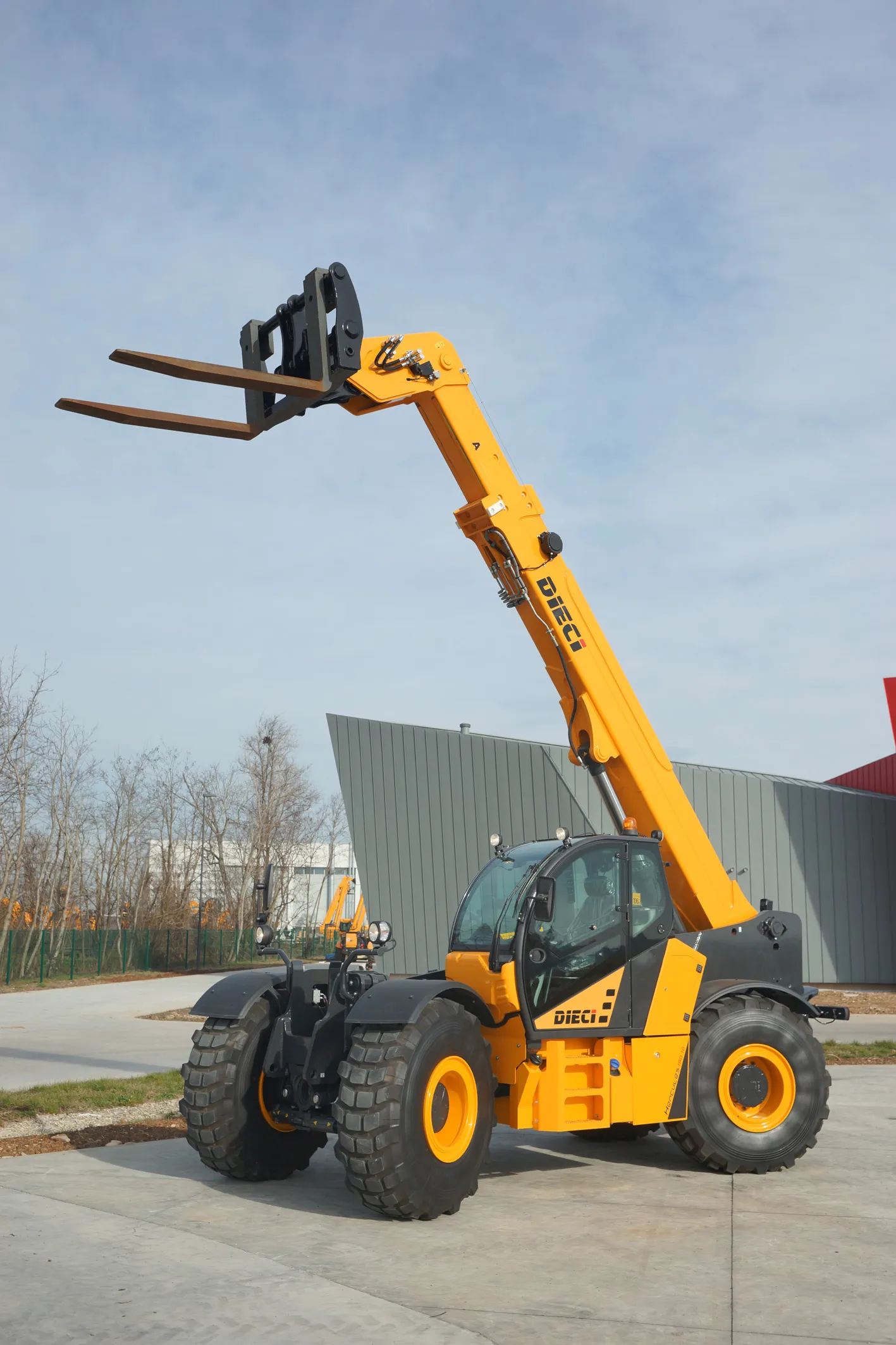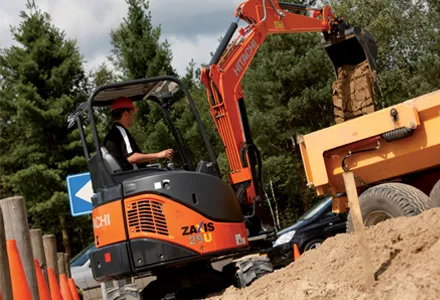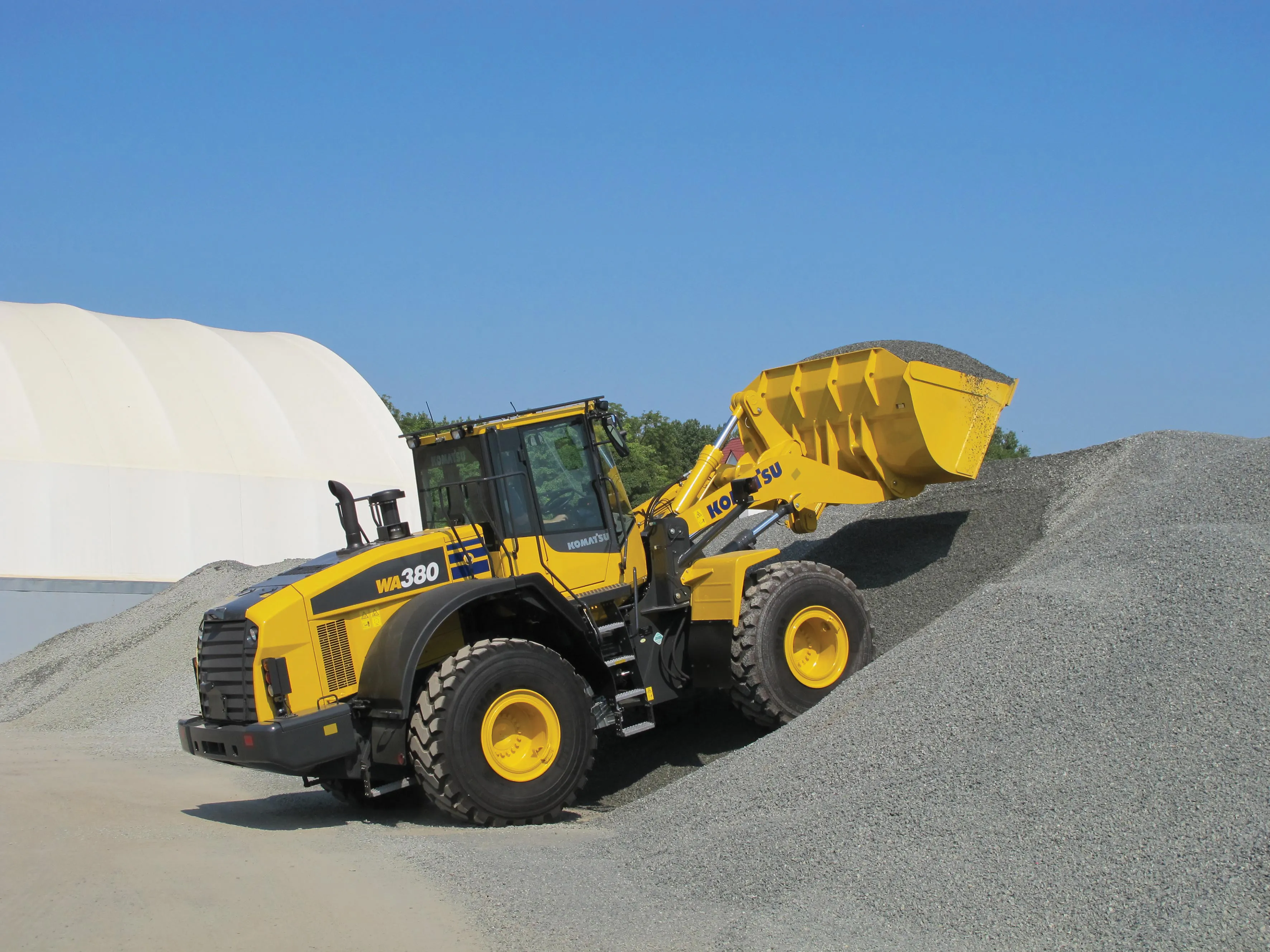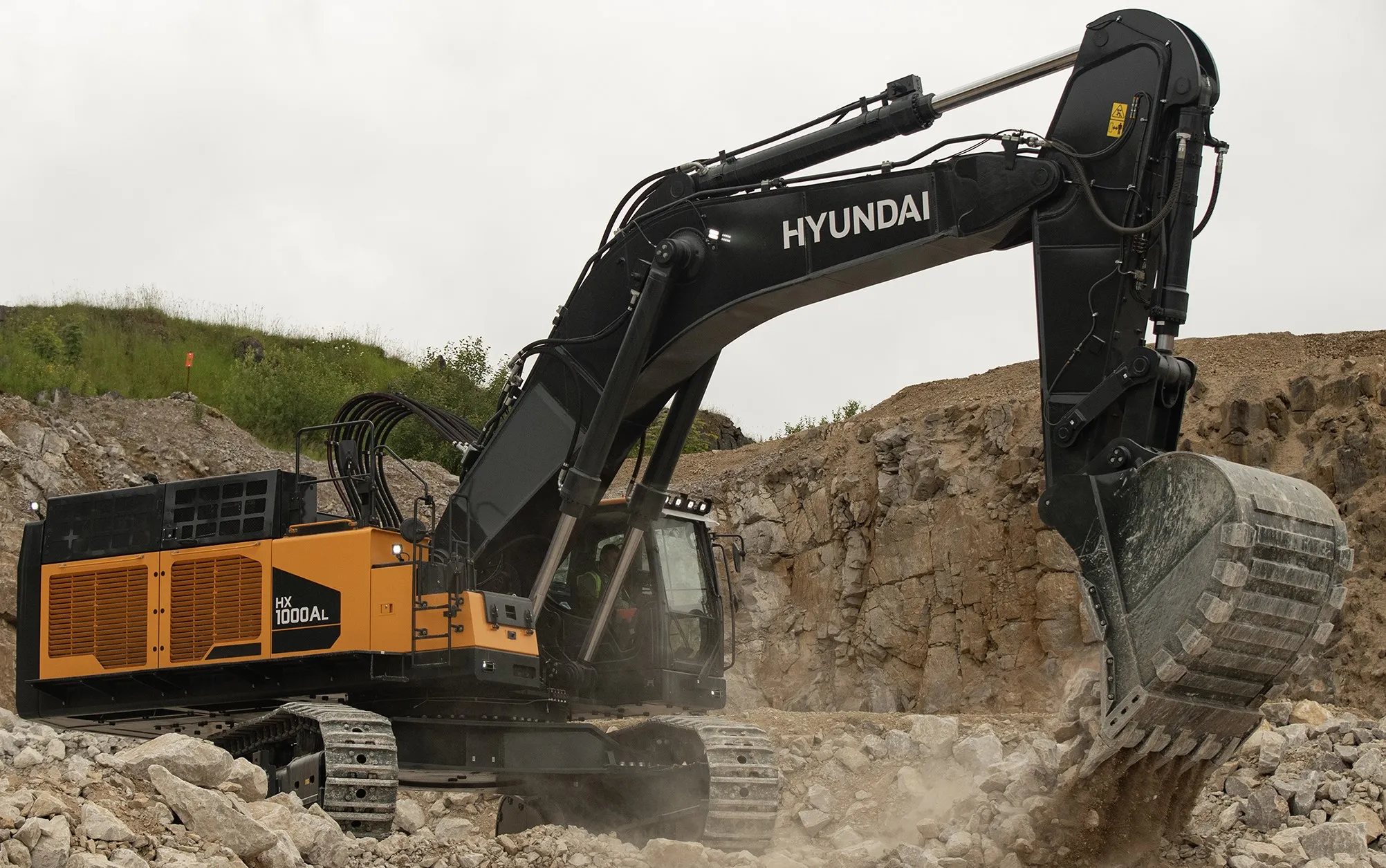Dieci is highlighting new telehandlers, the rotational high-lift Pegasus 40.30 and the Hercules 190.10, a heavy-duty lifter. The 40.30 joins the other Pegasus models of versatile machines that have non-continuous and 360° continuous rotations. They all can replace cranes and be fitted with many accessories. The Pegasus 40.30 has a maximum lift height of almost 30m and a maximum capacity of 4tonnes.
February 2, 2015
Read time: 2 mins

The 40.30 joins the other Pegasus models of versatile machines that have non-continuous and 360° continuous rotations. They all can replace cranes and be fitted with many accessories. The Pegasus 40.30 has a maximum lift height of almost 30m and a maximum capacity of 4tonnes.
The 129kW 4-cylinder FTP Tier4 final turbo after-cooler diesel engine allows the operator to reach 40km/h, with a DOC-SCR system for emissions reduction. In “Eco-Drive” mode, used during transfers, engine rpms are electronically controlled to ensure the best engine-transmission combination to gain lower fuel consumption.
The spacious cab is soundproof, with large windows, a sunroof and a steering wheel with double adjustment and cruise control for ease of transfers. The dual LCD display allows the operator to have all the necessary information to control the machine in real time
Dieci’s Hercules 190.10 is aimed at quarries, mines, ports and the oil industry. Maximum lifting height is 10.2m and the maximum capacity is 19tonnes. It is equipped with an FTP Stage IIIB/Tier 4i engine capable of developing 129kW. There also is an "inching" pedal that allows the machine to run at slow speed but the engine to be open at full throttle.









